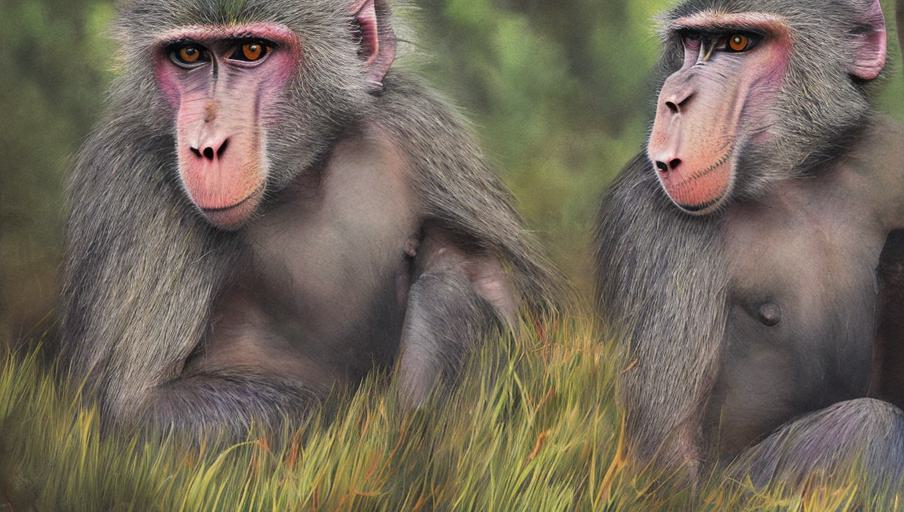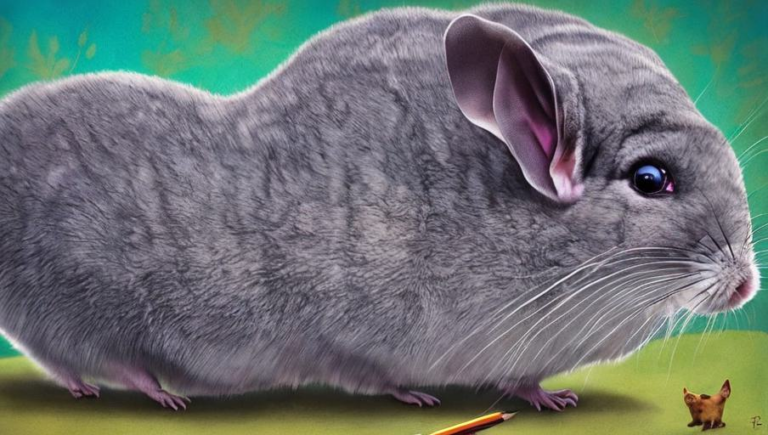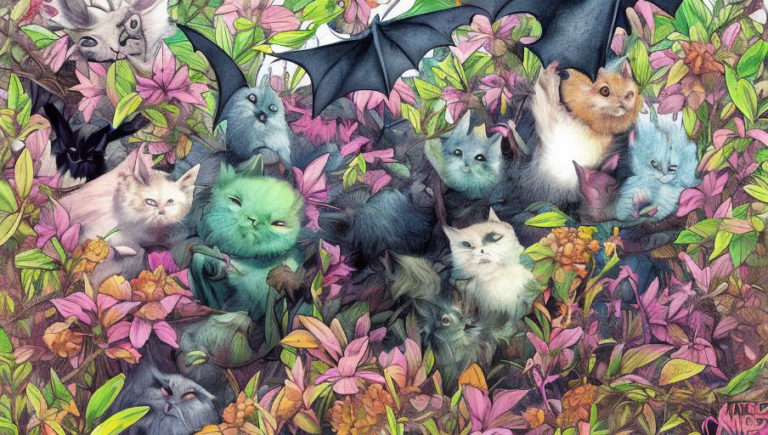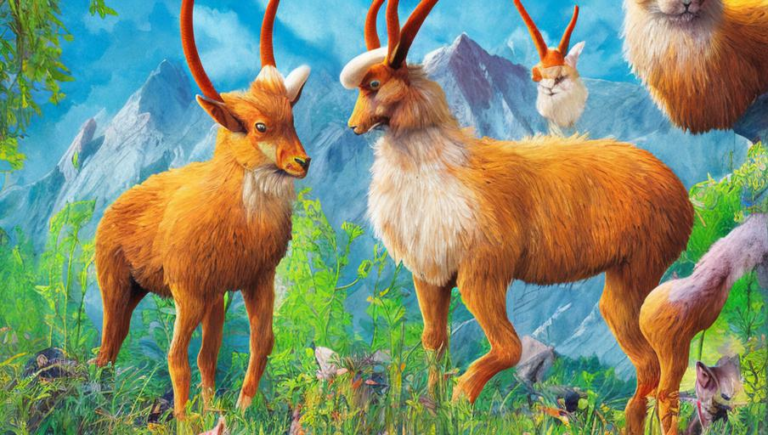Leaving No Trace: Baboon Conservation

Introduction
Baboons are primates native to Africa and the Arabian Peninsula, with five species ranging from southern Egypt to South Africa. These animals, particularly the chacma baboon, are known for their intelligence and social behavior. However, baboons face numerous threats due to humans, from habitat destruction to hunting. Despite the challenges, a variety of conservation efforts are underway to protect baboon populations.
Threats to Baboons
Habitat destruction and fragmentation are two of the biggest threats to baboons. Human activities such as logging, mining, and farming can cause drastic changes to their natural environment. Additionally, baboons are often hunted for their meat and fur, which can have a devastating impact on their populations. Baboons can also be affected by diseases such as rabies, distemper, and anthrax. Finally, baboons can suffer from illegal pet trade, where they are taken from the wild and sold as exotic pets.
Conservation Efforts
Fortunately, various organizations and individuals are working to protect baboon populations. Governments have established protected areas throughout the baboon’s range, providing safe havens for the species. Additionally, research is being done to better understand baboon behavior, as well as the threats they face. This research can be used to inform conservation efforts and improve policies to protect baboons. There is also an increasing focus on sustainable development, which can help reduce the impact of human activities on baboon habitats.
Educational Programs
Education is also a key component of baboon conservation. Programs are being developed to raise awareness about the species and their needs. For example, a program in Tanzania teaches children about baboon behavior and how to live in harmony with them. This program also encourages people to report poaching, as well as to help protect baboon habitats. Furthermore, schools in South Africa have developed educational programs to teach students about baboon conservation and the importance of protecting their natural habitats.
Conclusion
Baboons face numerous threats due to human activities, but conservation efforts are underway to protect them. Protected areas have been established throughout their range and research is being done to better understand their behavior. Additionally, educational programs are being developed to raise awareness and encourage people to help protect baboon populations. With the help of these efforts, it is possible to ensure that baboons will continue to thrive in the wild.





